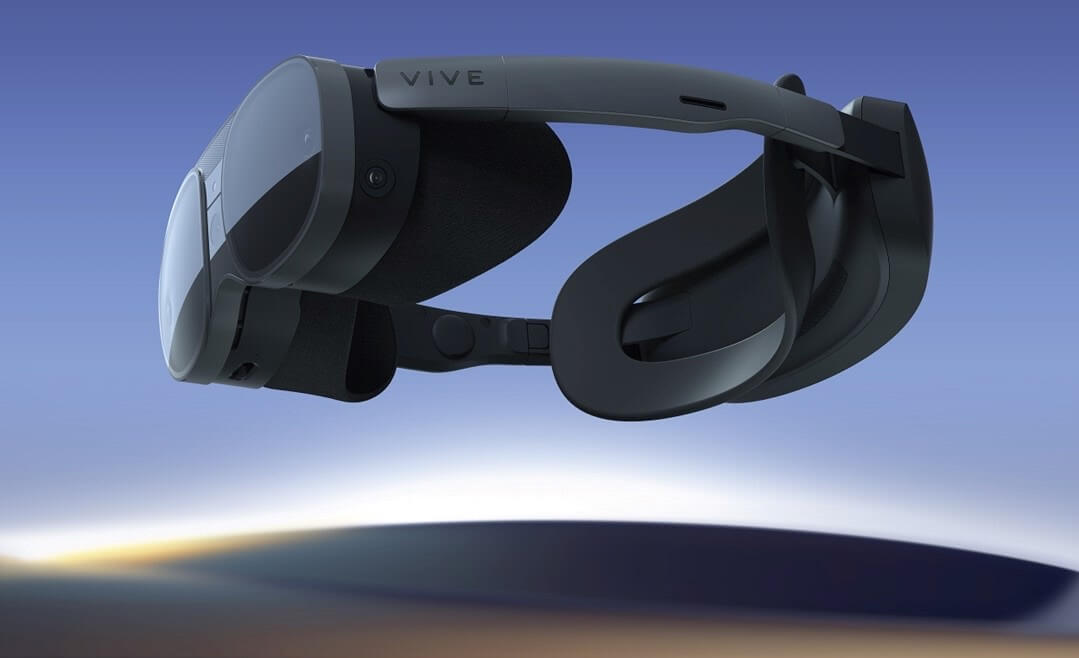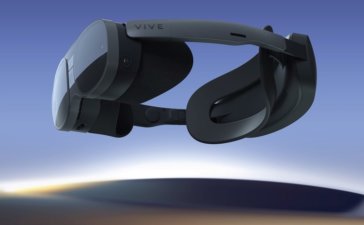After a week of publicity and hype, VIVE held what might have been the least exciting product launch in the history of extended reality (at least, for people who weren’t at the Consumer Electronics Show). But the product that it launched is a potential Quest killer.
Walk Softly and Carry a Big Stick
For the last three weeks or so, VIVE has been emailing its lists about “big news coming,” “the big debut,” and “our newest product.” It doesn’t take long memory to recall that the VIVE FLOW launch was a complete cinematic experience, featuring talks from company leaders, presentations of user footage, detailed tech specs, and loads of promotional hoopla.
It also doesn’t take long memory to recall that the device largely underwhelmed consumers. Despite being the most affordable device from the company on the high-end of the consumer market, the headset didn’t seem as exciting as devices like the Quest 2 (review). It has an interesting lightweight form factor but packs less punch in terms of experiences and capability.
If there was a flashy live launch, making it more available might have been a welcome thought as for most people the launch consisted of the webpage refreshing to show the new device and two one-minute YouTube videos. But that new device might be a game changer.
First Look at the VIVE XR Elite
VIVE XR Elite is a stand-alone headset that supports downloadable apps and games as well as wired or wireless streaming from a PC. The headset offers 1920×1920 pixels per eye with a 110-degree field of view and a 90 Hz refresh rate run by a Qualcomm Snapdragon XR2 processor. Also on board are dual microphones and built-in speakers.

Four tracking cameras, a 16 MP RGB camera, a depth sensor, a G-sensor, a gyroscope, and a proximity sensor enable all of the industry standard VR abilities including inside-out tracking. The headset is also promoted for passthrough mixed reality but no demo footage and little additional information is available on this feature at this time.
As far as ergonomics, the headset features manual interpupillary-distance adjustment and diopter focus adjustment for use without prescription lenses. Most intriguing in this category is the battery pack, which can be worn for additional power or removed entirely and replaced with arms, apparently turning the headset into a form factor that looks a lot more like (big) glasses.
The headset also comes with two controllers that look alarmingly like Quest 2 controllers. While controller technology has changed a lot in the last few years, including in VIVE devices, these look like a potential step back.
That in mind, the headset is shipping for $1,099 – a solid $400 less than the Quest Pro. That’s also more than $600 more than the Pico 4 which seems to be in a similar ring in terms of hardware but also shows no signs of launching in the States any time soon.
The VIVE XR Elite is available for preorder now and those who order before February 15 get five free titles. Shipping is expected to begin in early March.
Where Are We as an Industry?
This headset raises some questions and shines a lot of light on where the industry is headed. It seems clear that passthrough MR is becoming the industry standard for hardware just like stand-alone functionality became the standard not so long ago.

More intriguingly, the headset shows competitive hardware at a competitive price point. For most of the company’s history, they have been content with releasing more robust hardware with a bigger price tag.
While the VIVE FLOW was arguably a compromise on both price and features, the XR Elite looks to be competitive in both areas, which is also promising for future devices. This, with the exception of the controllers, which may be a step back but are certainly not a step forward like we saw with Meta’s Quest Pro controller redesign.
The main question is about passthrough in the ecosystem. Passthrough wasn’t played up in the XR Elite launch the way that it was for the Pico 4 or Quest Pro, but the feature seems to be one with mixed reviews. Enthusiasts seem interested in its potential, but the technology remains not only challenging in terms of execution but also of less interest to general users.
Passthrough or Bust?
When the industry is so dynamic, it’s easy to wonder what comes next. The company may have been able to release the Quest 2 killer that we hoped VIVE FLOW was going to be, but instead released a Quest Pro killer when the Quest Pro is already burdened with a big price tag and awkward features. But, is it too late for companies to release VR models without passthrough?



